Now in Print

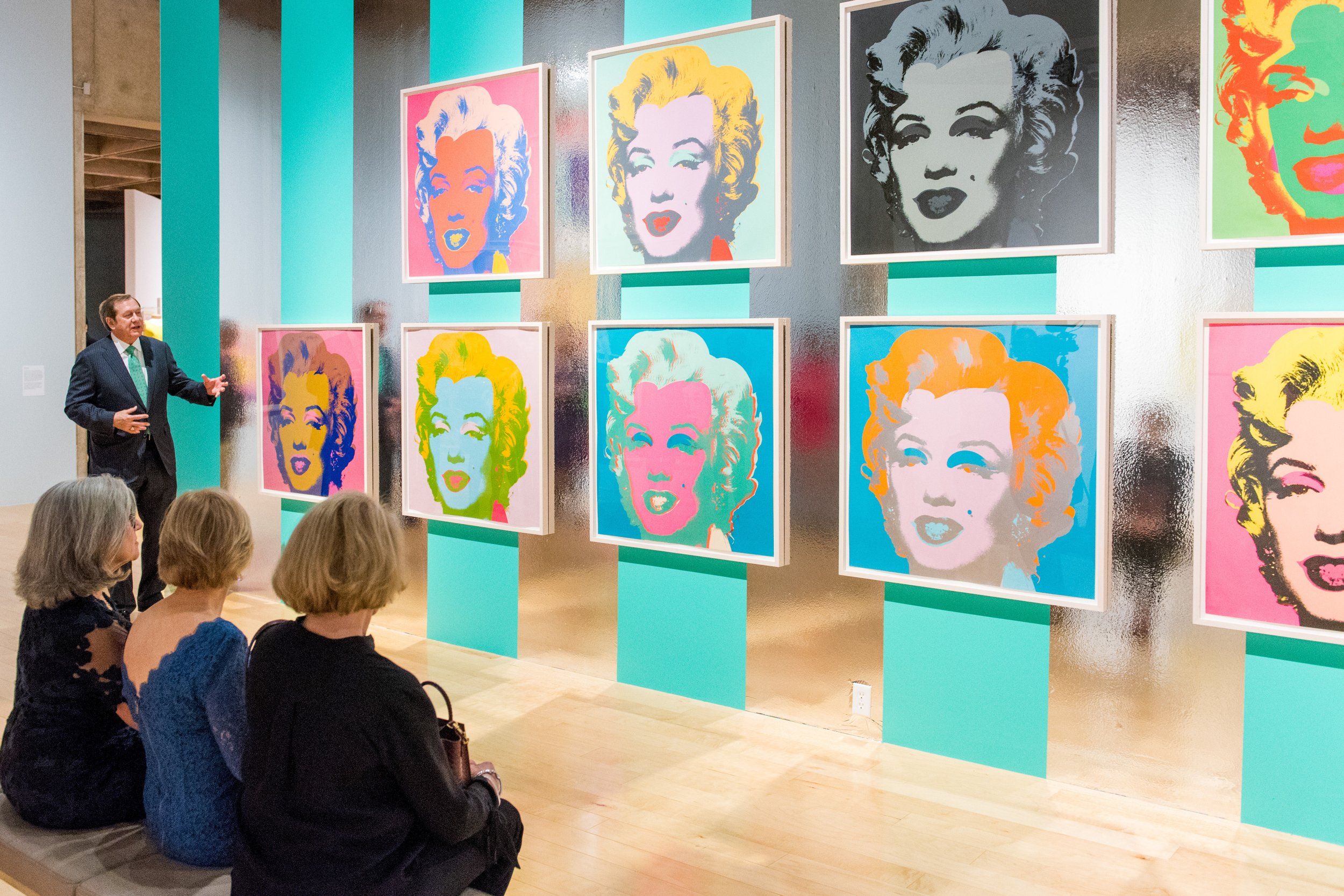
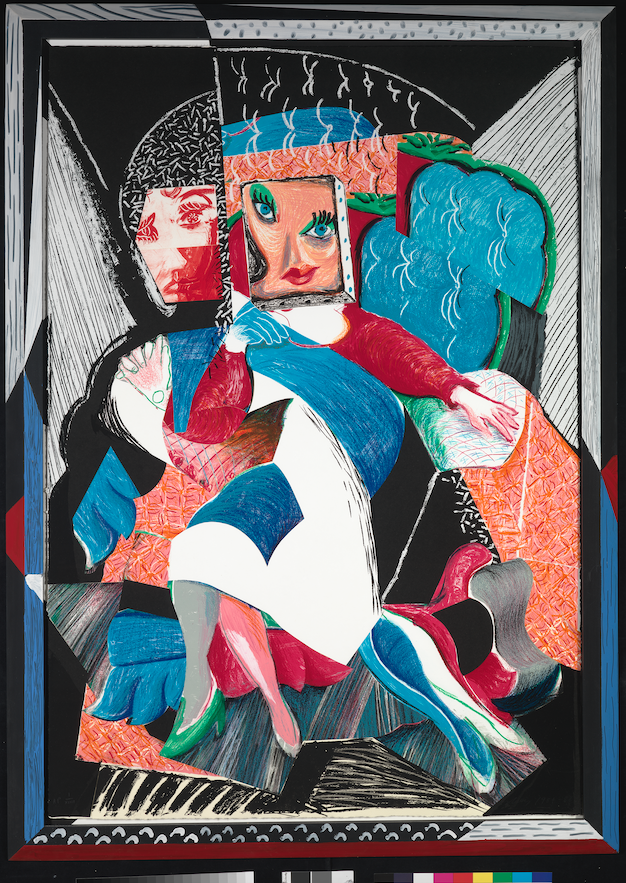
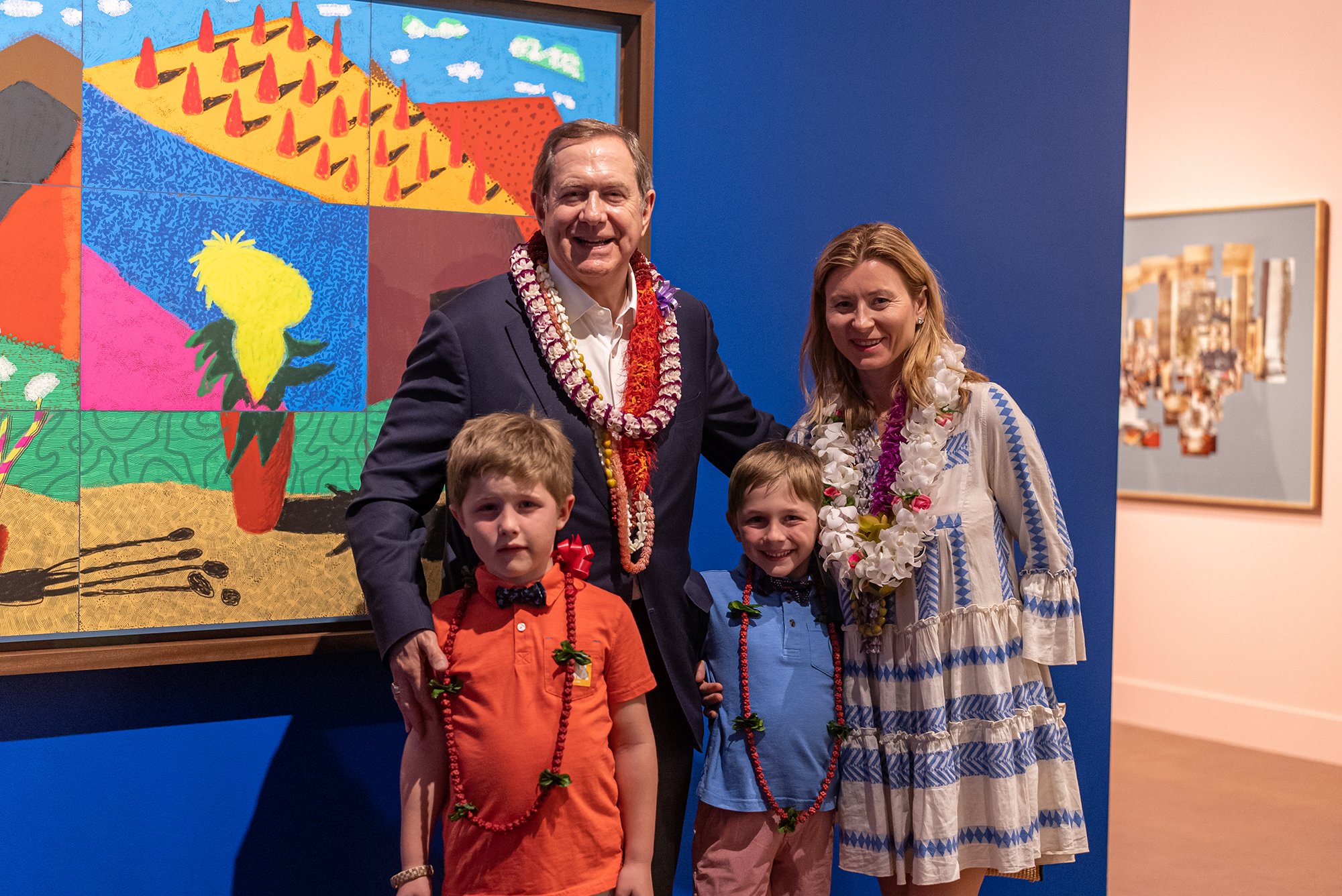
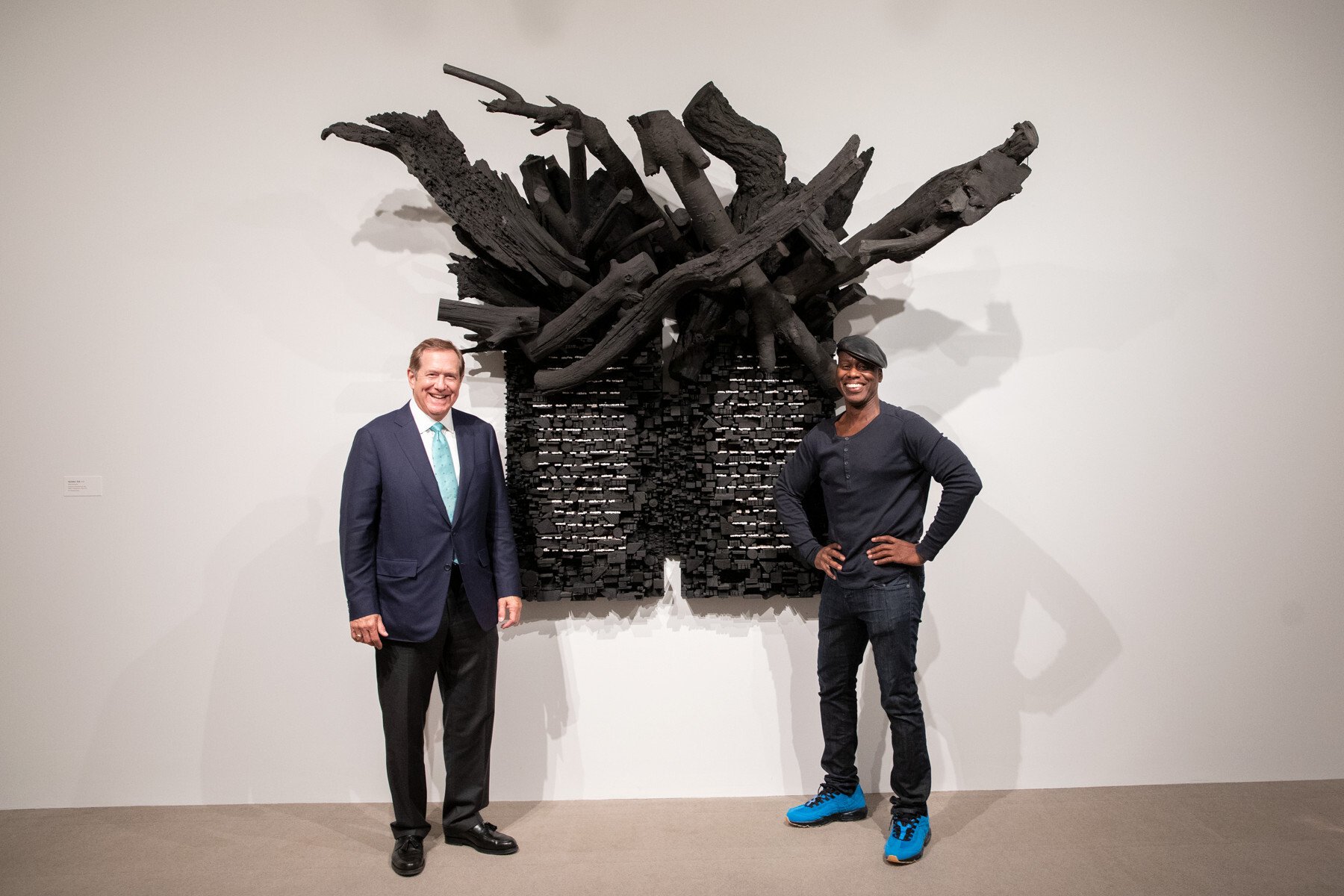
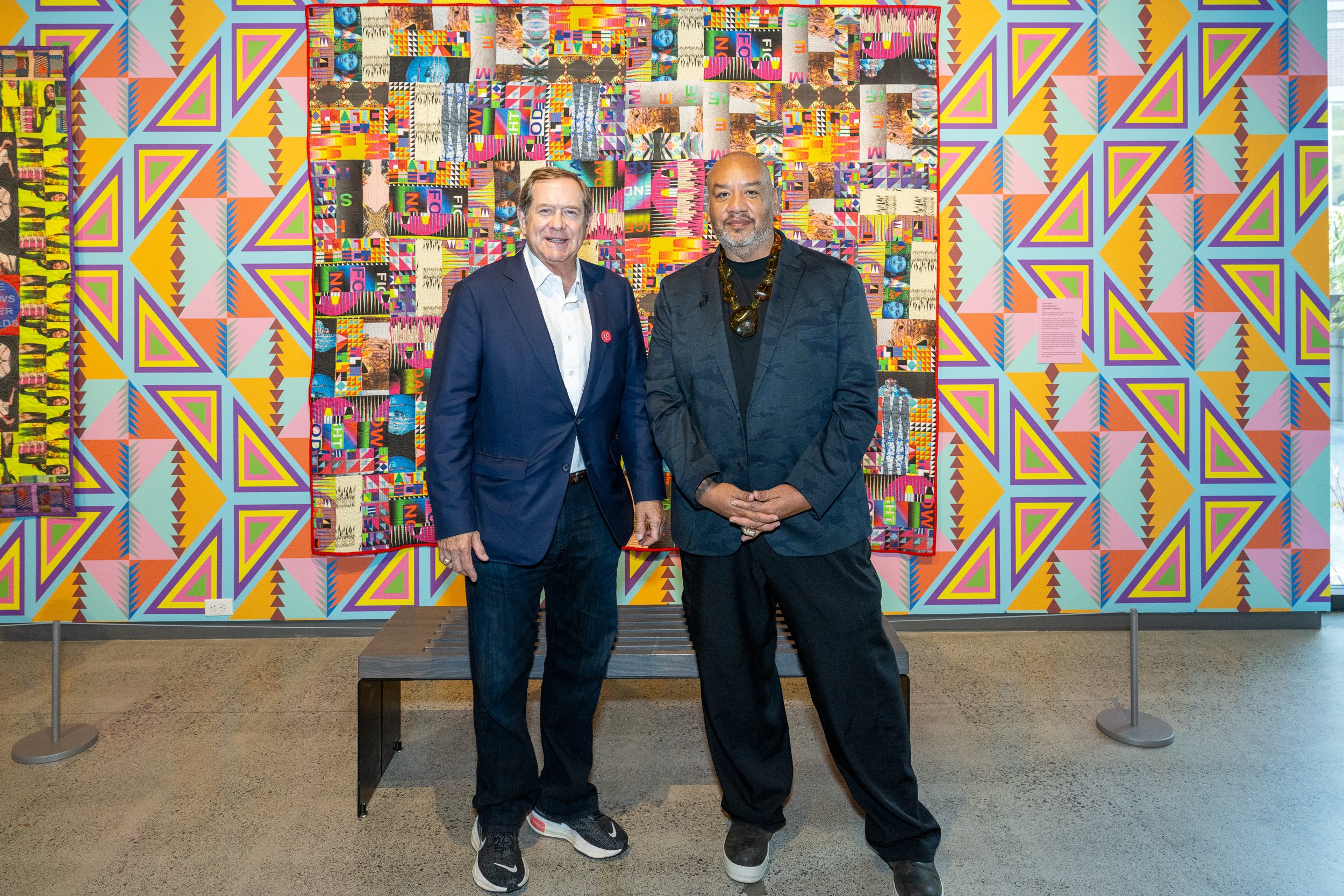
Somewhere in the Pacific Northwest, real-estate tycoon Jordan Schnitzer inhabits a home that could easily be mistaken for an art gallery.
“I had a mother who was a gallerist,” he says. “If you had been looking at a painting and said, ‘Arlene, I love it, but I don’t have any wall space,’ she would probably say, ‘If something speaks to you, don’t pass it up. Buy it. Rotate it with something else on your walls. Store it. Just don’t let something go that speaks to you.’”
“I had blown through wall space before I was out of college,” he says with a chuckle.
Now 72, Schnitzer owns the largest private print collection in the country — a testament to his mother’s sage advice.
His self-proclaimed obsession began at 14 years old. He worked part-time at his father’s humble real-estate investment company — the one that would later develop one hundredfold into Schnitzer Properties, which now owns 190 properties in six states and boasts a staff of more than 300. At the same time, his mother opened the first contemporary art gallery in Portland, Oregon. It was called Fountain Gallery of Art, located in the historic 1889 New Market Theater building, and the place where Schnitzer bought his first piece of art.
On the back of the Louis Bunce painting, titled Sanctuary, it reads, “Bought on the night of June 23, 1965. First piece in the Schnitzer collection.”
In 1997, this Portlander established the Jordan Schnitzer Family Foundation, a nonprofit that owns, though Schnitzer sees it more as a stewardship, a staggering 20,000 pieces — paintings, sculptures and prints — by 1,500 artists. In addition to exhibiting shows at his own gallery, Schnitzer lends the treasures to museums at no cost. To date, the organization has orchestrated 160 exhibits in more than 120 museums.
The first was at University of Oregon’s Jordan Schnitzer Museum of Art, long before the building donned his moniker. The art director asked to borrow pieces from his personal collection, to which the kind character immediately obliged since his purchases were, at that point, already being directed to storage due to a lack of wall space.
“After that first exhibition, what I realized about myself is that I can’t imagine anyone in the world that has more passion for art than me,” Schnitzer says. “I know that’s arrogant because there’s millions of others that like art as much as I do, but like anyone, or at least with me, when you share something that’s meaningful to you, that brings great joy. So, as much joy as I get from experiencing art, it is nothing compared to the joy I feel when sharing the art.”
From then on, Schnitzer has personally curated what he terms his “teaching collection,” amassing thousands of pieces, half of which are prints. They’re more affordable and easily accessible, he says, than a single original masterpiece.
Currently on display at Honolulu Museum of Art, Schnitzer has lent 148 of his David Hockney prints for David Hockney: Perspective Should Be Reversed. The exhibit provides a look at the British artist’s impressive 70-plus-year career featuring some of his earliest etchings to his recent iPad drawings (a must-see, according to Schnitzer). Some of his favorites include “Image of Celia,” “Image of Gregory” and “Hotel Acatlan,” which came directly from a wall in Schnitzer’s home.
“We all have our own talents ... and what you see by looking at an artist like David Hockney is he has brought out the best in himself, and we all can constantly bring out the best in ourselves out in whatever our endeavors are,” says Schnitzer.
“Once we’re focusing and looking at it, our minds begin to soar — his colors, his shapes, his forms,” he continues. “He’s done it all in this exhibition. If you were to ask me when I leave his exhibition, what I felt and what I hope every single visitor would feel, the word is joyful.”
In fact, Schnitzer admits he burst into tears upon entering the room, and quickly shied away from staff, who he couldn’t have praised more for their effort, in fear of being thought of as “silly,” he says.
“I walked into that museum with all the same problems that I left with later in the day, like everybody else, but for those few moments when I walked in, suddenly those problems were outside the door. I was taken away on an art journey, a moment in time of being away from my issues and being refreshed by the human creativity of this brilliant man.”
Schnitzer’s life is a beautiful mosaic of his parents’ legacies. He’s found the perfect balance between real estate and art and feels immeasurably content sharing both with communities from Hawai‘i to New York.
“When you’re lucky to have art around you — whether it’s a $5 piece of art from a Saturday market or something more expensive — it becomes a part of your life, a part of your family,” he says. “It feels so good to be with those works of art.”
